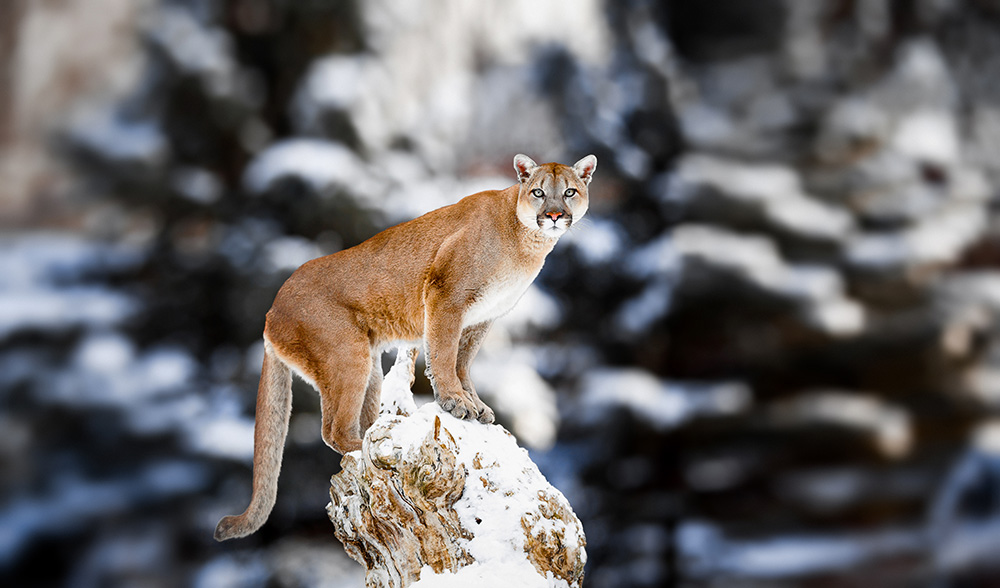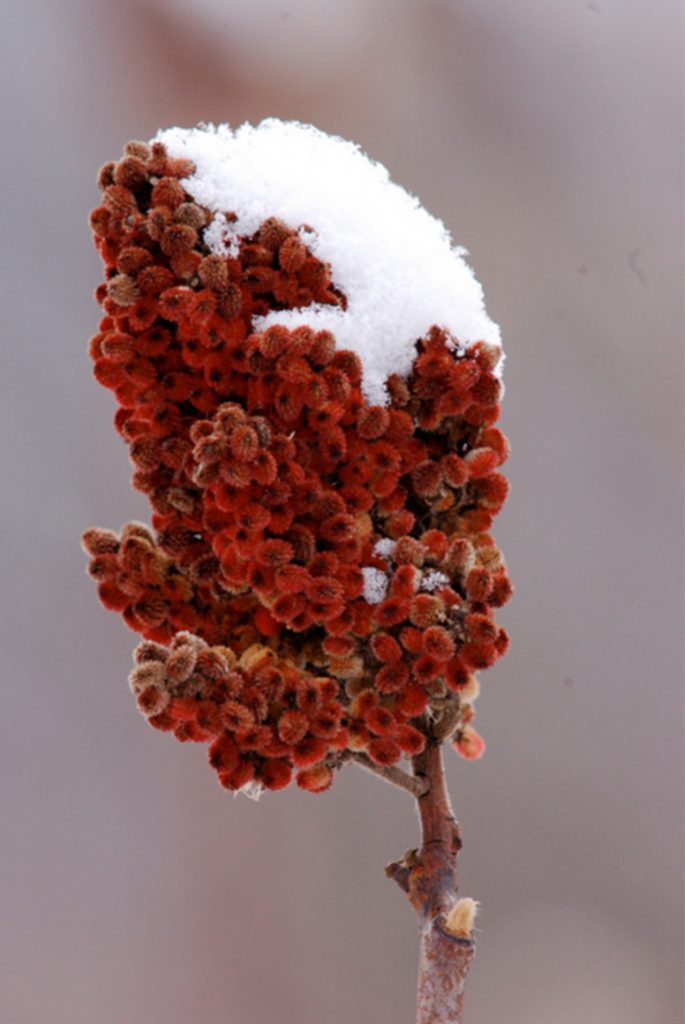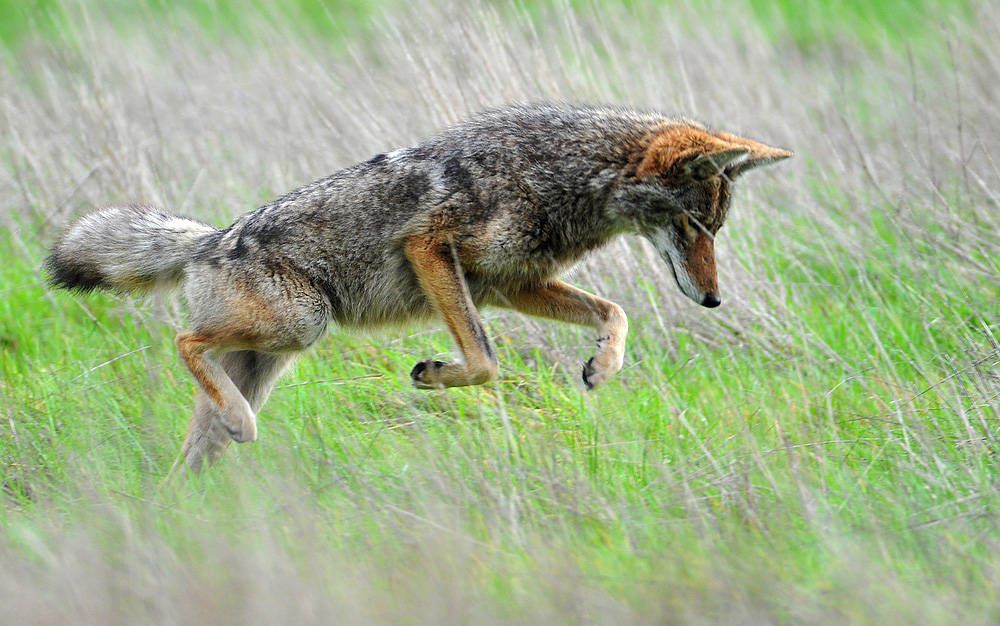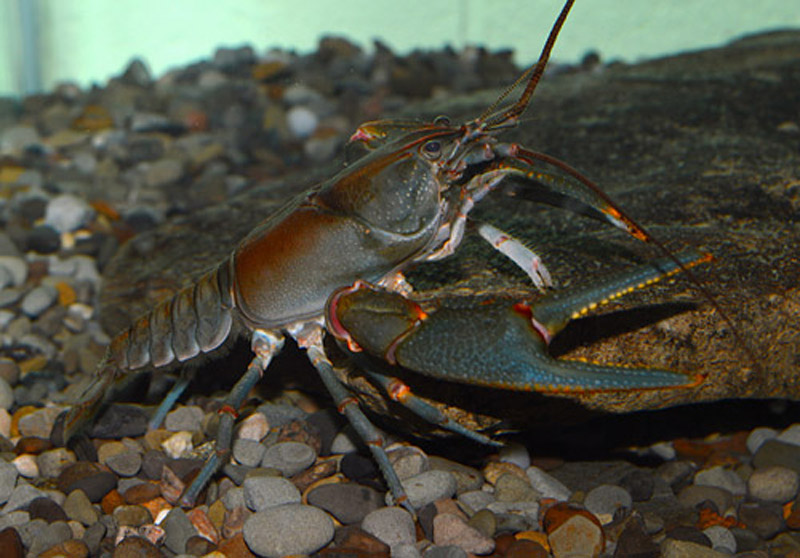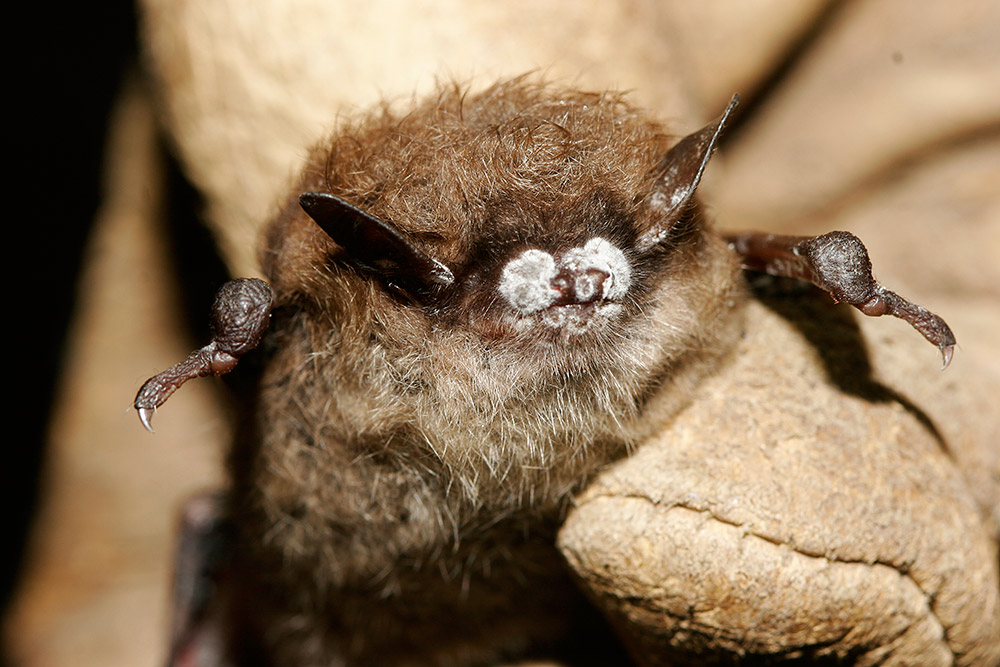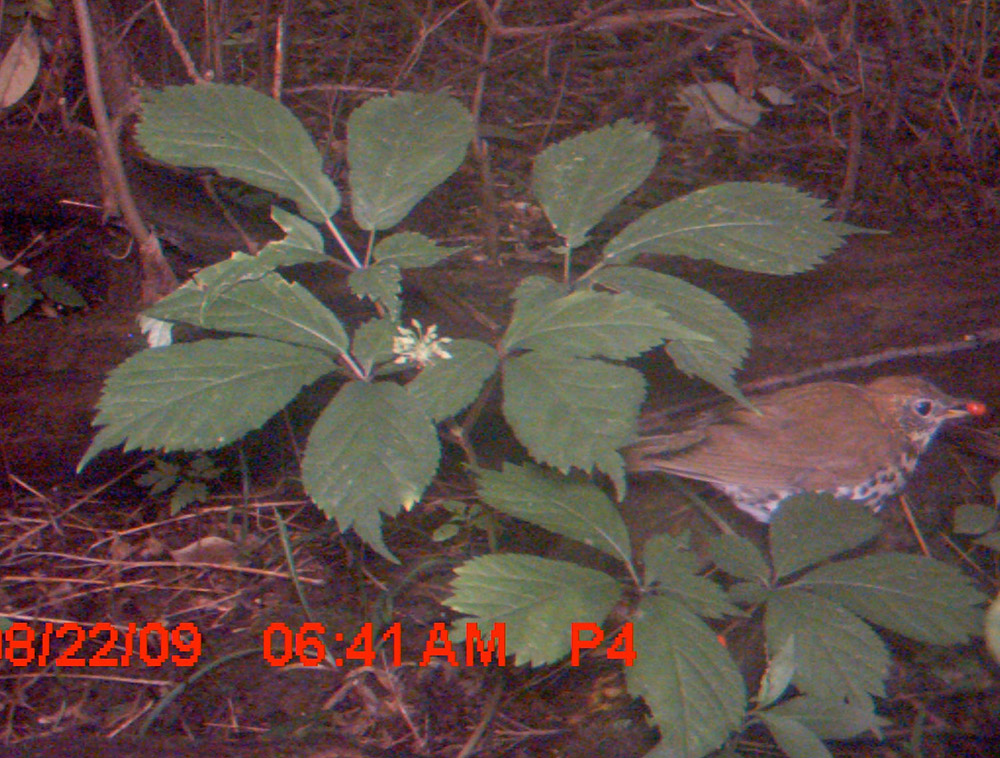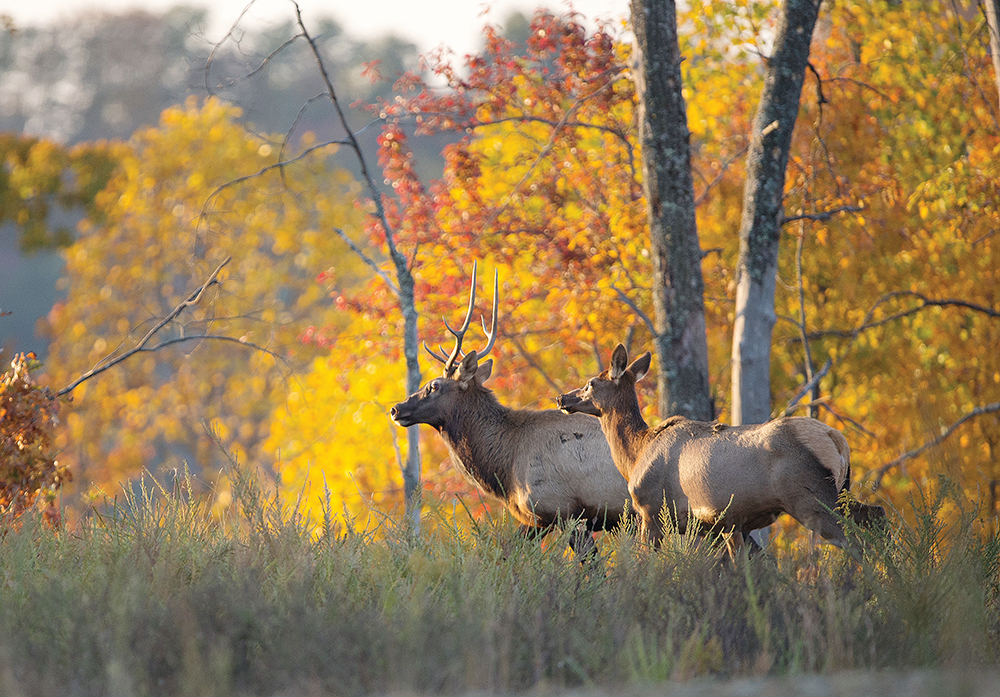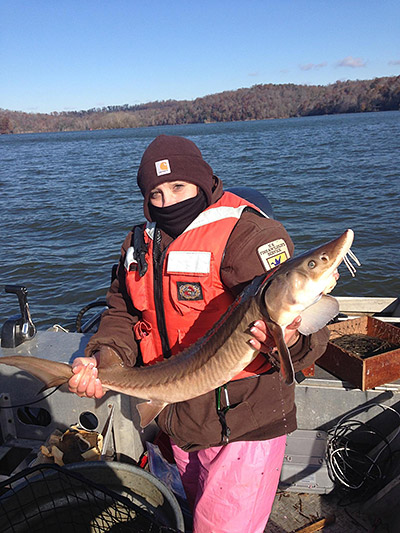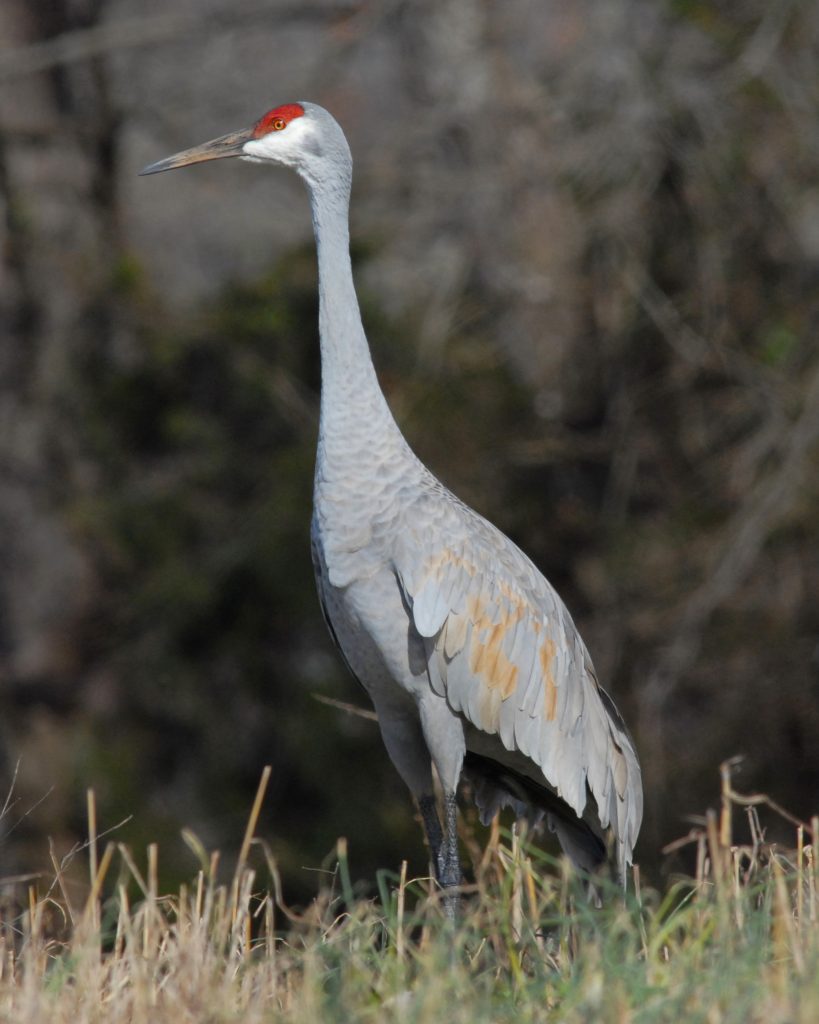Naturalists Notebook
Cougar: Ghost of Appalachia
The Eastern cougar was declared extinct in 2011 by the U.S. Fish and Wildlife Service. But that doesn’t keep other species of mountain lions from passing through the region, leaving behind blurry pictures and occasional eerie screams in the forest.
Read MoreSumac: A Winter Spice
The bright red berries of the sumac plant add color to the winter landscape. While poison sumac has earned a bad reputation, other varieties of the plant have a long and multicultural history of use, including as a spice and as a dye or tanning agent.
Read MoreThe Coyote Conundrum
Coyote populations in the Appalachian region are growing, and increasingly they are adapting to urban settings. As a result, interactions with humans are becoming more common.
Read MoreMounting Threats Imperil Two Appalachian Crayfish
There are more than 300 different species of crayfish in the southeastern United States, and two West Virginia species of these adaptable freshwater crustaceans may be declared federally endangered.
Read MoreScientists Go to Bat for the Bats
Scientists engaged in the years-long battle against the devastating white-nose syndrome have found bright spots in the fight to protect bats from the disease.
Read MoreCaught red-handed! Or more accurately, red-beaked
Wood thrushes — and their appetite for bright-red ginseng berries — are helping the plant spread its range further north.
Read MoreElk Make Slow Return to Appalachia
When European colonists arrived in the 1400s, Eastern elk were the most widespread hooved animal on the continent, but the subspecies was declared extinct by 1880. Today, however, another type of elk are slowly returning to Appalachia.
Read MoreThe Lake Sturgeon: Ancient Fish, Modern Recovery
The lake sturgeon is the largest and longest-living freshwater fish native to the southeastern United States. In evolutionary terms, this primitive fish has changed little since it swam among dinosaurs, but its continued survival was in doubt until recently.
Read MoreSandhill Cranes: A Winter Spectacle in Southeast Tennessee
Each winter, thousands of redheaded, long-legged sandhill cranes descend upon the mud flats and grain fields along the banks of the Tennessee River at the Hiwassee Wildlife Refuge in Southeast Tennessee.
Read MoreForest Fugitives
Wanted: Six invasive species accussed of trespassing on American soil and robbing her of her natural resources.
Read More
